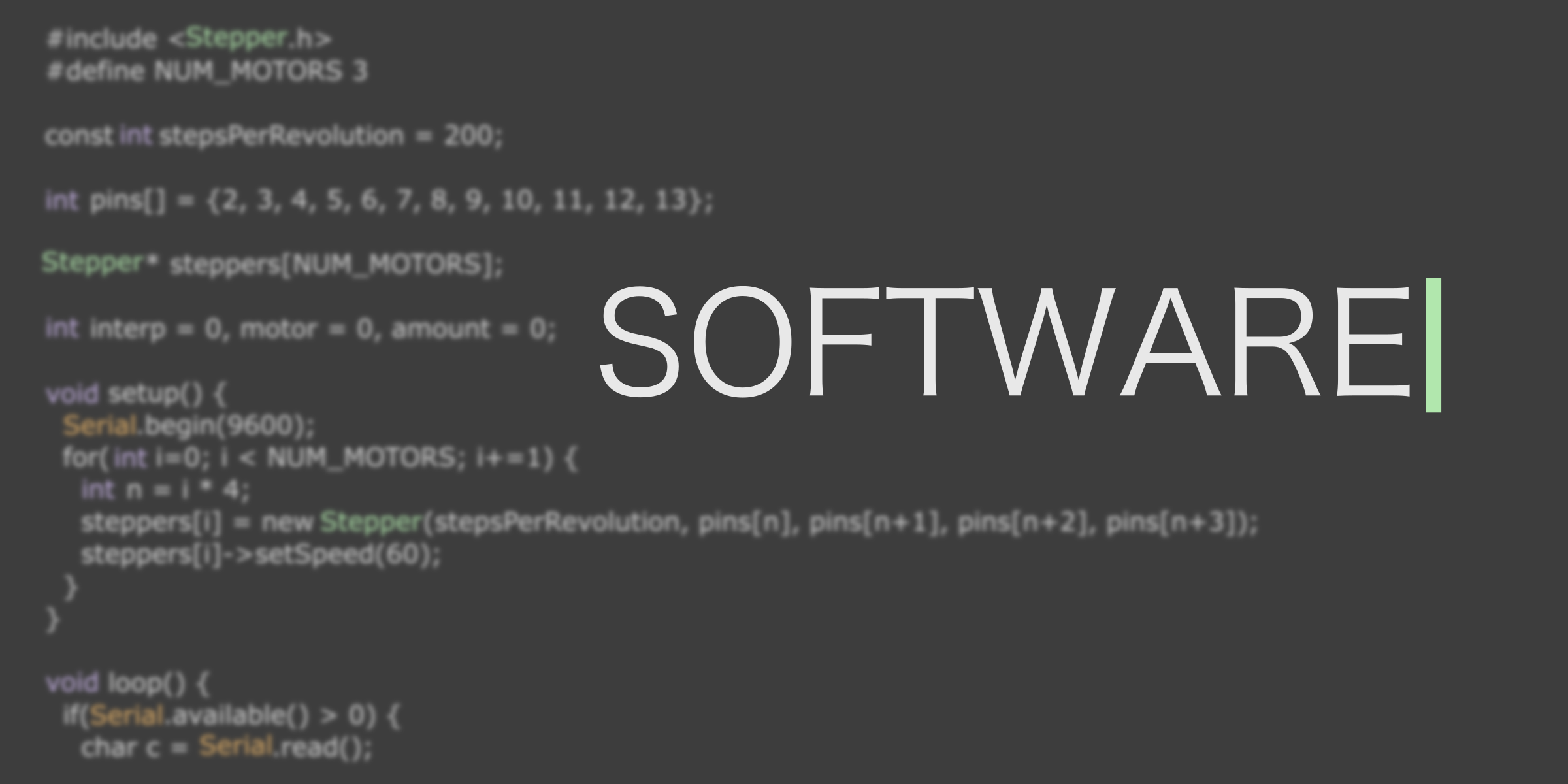Difference between revisions of "Team:Cambridge-JIC/Software"
KaterinaMN (Talk | contribs) |
KaterinaMN (Talk | contribs) |
||
| Line 21: | Line 21: | ||
<h1>Microscopy Server</h1> | <h1>Microscopy Server</h1> | ||
<h3>Turn your Raspberry Pi into a web-accessible microscope.</h3><p>Look and control your microscope from your computer, phone, table or with a monitor connected to the Pi itself. You can connect to the microscope just like another computer over SFTP. After installing WinSCP (Windows) or Cyberduck (Mac) or Nautilus (Linux), it is easy to connect to the Pi (default username: pi, password: raspberry). Download your images as if they were on another folder.</p> | <h3>Turn your Raspberry Pi into a web-accessible microscope.</h3><p>Look and control your microscope from your computer, phone, table or with a monitor connected to the Pi itself. You can connect to the microscope just like another computer over SFTP. After installing WinSCP (Windows) or Cyberduck (Mac) or Nautilus (Linux), it is easy to connect to the Pi (default username: pi, password: raspberry). Download your images as if they were on another folder.</p> | ||
| − | <p>Our software runs on nginx, a widely used lightweight web server. Behind this, we run an image streamer (<a href="https://github.com/moosd/mjpg-streamer" class="blue">mjpg-streamer</a>) and our own python scripts. nginx deals with the user control and load balancing, leaving us to implement the various features of our microscope.</p><center><a href="https://github.com/sourtin/igem15-sw/" class="btn btn-default btn-lg" style="color:#444;border-color:#444;margin:0px;padding: | + | <p>Our software runs on nginx, a widely used lightweight web server. Behind this, we run an image streamer (<a href="https://github.com/moosd/mjpg-streamer" class="blue">mjpg-streamer</a>) and our own python scripts. nginx deals with the user control and load balancing, leaving us to implement the various features of our microscope.</p><center><a href="https://github.com/sourtin/igem15-sw/" class="btn btn-default btn-lg" style="color:#444;border-color:#444;margin:0px;padding:5px"><i class="fa fa-github"></i>Visit our github</a></center> |
</div></div></section> | </div></div></section> | ||
<!-- | <!-- | ||
Revision as of 14:55, 17 September 2015










